Home>Home Maintenance>How To Improve Drainage Of Raised Garden Beds
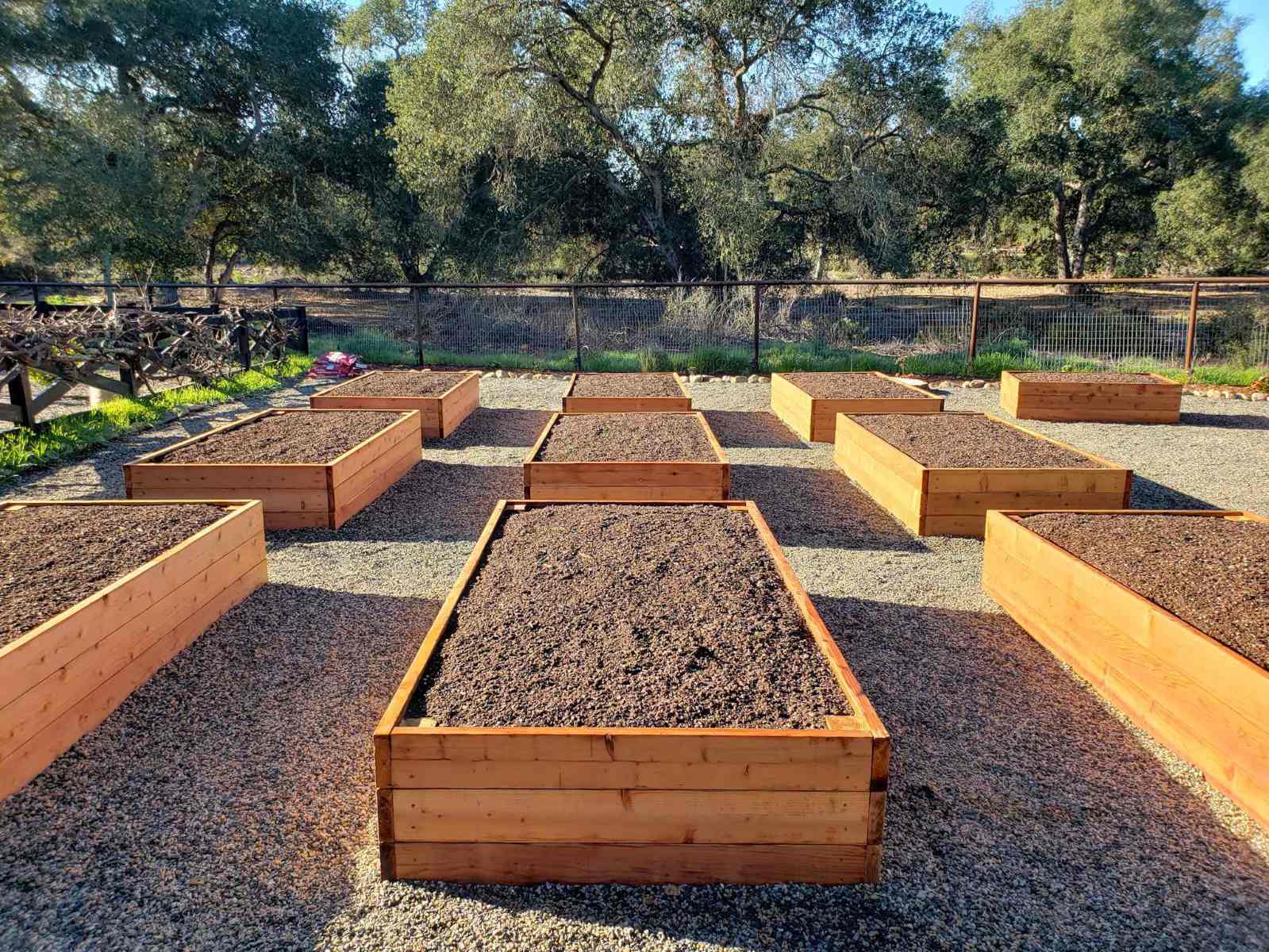

Home Maintenance
How To Improve Drainage Of Raised Garden Beds
Modified: November 1, 2024
Learn how to improve the drainage of your raised garden beds with effective home maintenance techniques. Enhance your gardening experience and prevent waterlogging with these helpful tips.
(Many of the links in this article redirect to a specific reviewed product. Your purchase of these products through affiliate links helps to generate commission for Storables.com, at no extra cost. Learn more)
Introduction
Welcome to the world of raised garden beds! Whether you’re a seasoned gardener or just starting out, you’ve made a smart choice by opting for raised beds. Raised garden beds offer numerous advantages, such as improved soil quality, better accessibility, and enhanced aesthetics. However, one critical aspect you need to pay attention to is drainage.
Proper drainage is essential for the health and success of your plants in raised garden beds. Poor drainage can lead to waterlogged soil, suffocating the roots and causing plants to wither and die. It can also promote the growth of harmful pathogens, such as root rot and mold. To ensure your raised garden beds thrive, it’s important to take steps to improve drainage.
In this article, we will explore the importance of proper drainage in raised garden beds and discuss various factors that can affect drainage. We will also provide you with practical steps and tips to enhance the drainage in your raised garden beds, allowing your plants to flourish.
Key Takeaways:
- Proper drainage in raised garden beds is crucial to prevent waterlogging, root rot, and nutrient leaching, ensuring healthy plant growth and productivity.
- Choosing the right soil mix, adding organic matter, and implementing proper watering techniques are key to improving drainage and maintaining a thriving raised garden bed.
Read more: How To Improve Garden Drainage
Importance of Proper Drainage in Raised Garden Beds
Proper drainage is crucial for the overall health and productivity of plants in raised garden beds. Without adequate drainage, plants can suffer from various issues that can hamper their growth and development.
1. Prevents waterlogging: Excessive moisture in the soil can lead to waterlogging, which deprives plant roots of oxygen. When roots are submerged in water for extended periods, they suffocate and become prone to diseases. Proper drainage ensures that excess water drains away, allowing roots to access the oxygen they need for respiration.
2. Avoids root rot: When soil remains consistently wet, it creates an ideal environment for the growth of harmful pathogens, including root rot. Root rot is a fungal disease that causes roots to decay, leading to stunted growth and eventual death of the plant. Good drainage prevents water from stagnating in the soil, reducing the risk of root rot.
3. Allows for oxygen circulation: Oxygen is essential for healthy root growth. Adequate drainage allows oxygen to penetrate the soil and reach the roots, promoting robust root development. When roots have access to sufficient oxygen, they can absorb nutrients more effectively and support strong, vigorous plant growth.
4. Prevents nutrient leaching: When water doesn’t drain properly, it can carry away essential nutrients from the soil. This phenomenon, known as nutrient leaching, can lead to nutrient deficiencies in plants. Proper drainage ensures that water percolates through the soil slowly, giving roots enough time to absorb nutrients before they are washed away.
5. Minimizes soil erosion: Poor drainage can contribute to erosion, where heavy rains wash away the top layer of soil. Erosion not only depletes valuable nutrients, but it can also expose plant roots, making them vulnerable to damage. Effective drainage helps prevent soil erosion, keeping the soil intact and protecting plant roots.
By ensuring proper drainage in your raised garden beds, you are creating a favorable environment for plant growth. Healthy plants are more resistant to diseases and pests, produce higher yields, and contribute to a beautiful and bountiful garden.
Factors Affecting Drainage in Raised Garden Beds
Several factors can impact the drainage in raised garden beds. Understanding these factors will help you identify potential issues and take appropriate measures to improve drainage.
1. Soil composition: The type and composition of the soil in your raised garden bed play a significant role in drainage. Sandy soil tends to drain quickly, while clay soil retains water for longer periods. It’s important to assess the soil composition and make necessary amendments to improve drainage. Adding organic matter, such as compost or well-rotted manure, to clay soil can enhance its drainage capabilities.
2. Bed height and width: The height and width of your raised garden bed can impact drainage. If the bed is too shallow, water may not drain effectively, leading to waterlogged soil. On the other hand, if the bed is too deep, excess water may drain too quickly, causing the soil to dry out too fast. Finding the right balance is essential to ensure optimal drainage.
3. Bed location: The location of your raised garden bed also affects drainage. Ideally, the bed should be placed in an area with good sunlight exposure. Sunlight helps to dry out the soil, preventing excessive moisture. Additionally, avoid placing the bed in low-lying areas or areas prone to water accumulation, as this can lead to poor drainage.
4. Slope and gradient: The slope and gradient of your raised garden bed can impact drainage. If the bed is on a steep slope, water may run off quickly, causing erosion and poor moisture retention. It’s important to level the bed and consider creating contour lines or terracing to slow down water flow and promote better absorption.
5. Debris and obstructions: Debris, such as leaves or mulch, can accumulate over time and create obstructions that hinder proper drainage. It’s important to regularly clear out any debris and ensure that water can freely flow through the soil. Additionally, avoid planting large shrubs or trees near the bed, as their roots can disrupt the drainage system.
By considering these factors and making necessary adjustments, you can improve the drainage in your raised garden beds. This will create an environment that promotes healthy plant growth and minimizes the risk of water-related issues.
Steps to Improve Drainage in Raised Garden Beds
If you’re experiencing drainage issues in your raised garden beds, there are several steps you can take to improve the situation. By implementing these steps, you can create optimal growing conditions for your plants and ensure their long-term health.
- Choose the Right Soil Mix: Begin by selecting a well-draining soil mix for your raised garden beds. A combination of sandy soil, organic matter, and compost can improve drainage and provide a nutrient-rich growing medium for your plants.
- Adding Organic Matter to Enhance Drainage: Increase the organic matter content in the soil to improve its drainage capabilities. Incorporate compost, well-rotted manure, or leaf mold into the soil to add structure and improve water retention and drainage.
- Installing Drainage Pipes or Trenches: Consider installing drainage pipes or trenches in your raised garden beds to facilitate proper water flow. These systems can help channel excess water away from the soil, preventing waterlogging and enhancing drainage.
- Creating Drainage Holes in the Raised Garden Bed: Ensure adequate drainage by drilling or creating drainage holes in the bottom of your raised garden beds. These holes will allow excess water to drain out, preventing the soil from becoming waterlogged.
- Mulching to Promote Drainage: Apply a layer of organic mulch, such as straw or wood chips, on the soil surface. Mulching helps to regulate soil temperature, reduce evaporation, and improve water penetration. It also prevents the soil from compacting, allowing for better drainage.
- Watering Techniques to Improve Drainage: Adjust your watering techniques to promote better drainage. Instead of frequent shallow watering, water deeply and less frequently. This encourages roots to grow deeper and helps excess water drain away rather than pooling on the surface.
It’s important to note that the specific steps you take to improve drainage may vary based on your garden’s unique conditions. Assess the drainage issues you’re facing and implement the appropriate solutions accordingly.
By following these steps, you can enhance the drainage in your raised garden beds, creating a healthy and balanced environment for your plants to thrive. Remember, maintaining proper drainage is an ongoing process, so monitor your beds regularly and make adjustments as needed to ensure optimal growing conditions.
Choosing the Right Soil Mix
The key to improving drainage in your raised garden beds begins with selecting the right soil mix. The composition of the soil will determine its ability to drain excess water while providing a rich, fertile environment for your plants to grow. Here are some factors to consider when choosing the soil mix for your raised garden beds:
1. Texture: Opt for a soil mix with a balanced texture that allows for good drainage. A mix that contains a blend of different particle sizes, including sand, silt, and clay, will provide optimal drainage while also retaining moisture for plant uptake.
2. Organic Matter: Look for a soil mix that contains a significant amount of organic matter, such as compost or well-rotted manure. Organic matter improves the soil’s structure, promoting better drainage by creating pore spaces and allowing excess water to move through the soil.
3. Perlite or Vermiculite: Consider adding perlite or vermiculite to your soil mix. These lightweight materials increase drainage by creating air pockets within the soil, preventing it from becoming compacted and waterlogged.
4. pH Level: Check the pH level of the soil mix. Most plants prefer a slightly acidic to neutral pH for optimal growth. Adjusting the pH to the appropriate range can enhance nutrient availability and improve the overall health of your plants.
5. Drainage Testing: Conduct a simple drainage test before filling your raised garden beds with soil mix. Moisten the soil and observe how quickly the water drains. If the water drains too slowly, consider incorporating materials like sand or perlite to improve drainage.
6. Pre-packaged Soil Mixes: Alternatively, you can purchase pre-packaged soil mixes specifically formulated for raised garden beds. These mixes are typically well-balanced and contain the necessary components for optimal drainage and plant growth. Read the product label and choose a mix suitable for your specific plant needs.
Pro Tip: It’s important to note that the soil mix may need regular amendments over time. Adding compost or organic matter annually can help replenish nutrients and maintain proper drainage in your raised garden beds.
By choosing the right soil mix, you lay a solid foundation for improved drainage in your raised garden beds. The proper soil composition will promote the movement of excess water while providing essential nutrients for healthy plant growth. Remember to periodically assess and adjust the soil mix to ensure the continued success of your raised garden beds.
Read more: Why A Raised Garden Bed
Adding Organic Matter to Enhance Drainage
One of the most effective ways to improve drainage in your raised garden beds is by incorporating organic matter into the soil. Organic matter not only enhances drainage but also improves the overall structure and fertility of the soil. Here’s how you can add organic matter to promote better drainage:
- Compost: Compost is a valuable source of organic matter that can greatly improve soil drainage. It helps to create pore spaces in the soil, allowing excess water to drain away while retaining essential moisture. Mix well-rotted compost into the existing soil or spread a layer on top and gently work it in with a garden fork or tiller.
- Well-Rotted Manure: Adding well-rotted manure to your raised garden beds can significantly improve drainage. Manure breaks up clay soil, allowing water to flow more freely and preventing soil compaction. Ensure the manure is thoroughly composted before use to avoid introducing potential weed seeds or pathogens.
- Leaf Mold: Leaf mold is a fantastic organic amendment that improves soil structure and drainage. It is made by decomposing leaves over an extended period of time. Collect fallen leaves and create a leaf pile in a shaded area. Allow the leaves to decompose for several months until they turn dark and crumbly, resembling rich, black soil. Incorporate the leaf mold into the soil or use it as a mulch layer on top of the raised garden bed.
- Green Manure Cover Crops: Consider planting green manure cover crops, such as clover or buckwheat, to enhance drainage and add organic matter to the soil. These crops are grown specifically for soil improvement purposes and are later tilled into the soil, adding valuable organic material that breaks down over time.
- Straw and Hay: Straw and hay are excellent options for improving drainage and moisture retention in raised garden beds. Spread a layer of straw or hay on top of the soil, ensuring it does not exceed a few inches in thickness. This organic mulch helps prevent soil erosion, regulate soil temperature, and improve water absorption.
Remember to thoroughly mix or incorporate the organic matter into the existing soil to ensure it is evenly distributed. This will provide a balanced environment for beneficial soil organisms, improve nutrient availability, and promote healthy root growth.
Adding organic matter to your raised garden beds not only enhances drainage but also contributes to long-term soil health. It helps to create a soil structure that allows excess water to drain away while providing the necessary nutrients for your plants’ growth and development.
Pro Tip: Regularly replenish the organic matter in your raised garden beds to maintain optimal drainage and fertility. Adding compost or well-rotted organic materials annually will help sustain the health and productivity of your plants.
To improve drainage of raised garden beds, mix in organic matter like compost or peat moss to the soil. This will help to loosen compacted soil and improve water flow.
Installing Drainage Pipes or Trenches
If you’re dealing with persistent drainage issues in your raised garden beds, installing drainage pipes or trenches can be an effective solution. These systems help to channel excess water away from the soil, preventing waterlogging and improving overall drainage. Here’s how you can install drainage pipes or trenches:
- Assess the Site: Begin by evaluating the location of your raised garden beds to determine where excess water tends to accumulate. Look for low-lying areas or spots prone to water pooling after heavy rainfall.
- Dig Trenches: If the drainage issue is severe, consider digging trenches around the perimeter of the garden beds. The trenches should be deep enough to reach below the root zone of your plants. Aim for a depth of 12 to 18 inches.
- Add Drainage Pipes: In the trenches, lay perforated drainage pipes at a slight downward slope to encourage water to flow away from the garden beds. Connect the pipes to an appropriate outlet, such as a drainage ditch or a dry well, ensuring the water is directed away from the planting area.
- Backfill the Trenches: Once the drainage pipes are in place, fill the trenches with gravel or coarse aggregate to facilitate water movement. This will help prevent soil from clogging the pipes and ensure efficient drainage.
- Cover the Trenches: Once the trenches are filled, cover them with a layer of landscape fabric to prevent soil from entering the drainage system. The fabric allows water to pass through while keeping the system clear of debris.
- Redirect Surface Water: Consider redirecting surface water away from the garden beds by creating swales or contour lines. These shallow trenches or ridges can be dug uphill or perpendicular to the garden beds to divert water and prevent it from pooling around the plants.
Installing drainage pipes or trenches requires careful planning and execution. It’s important to consider the specific drainage needs of your garden and seek professional assistance if necessary.
Pro Tip: To determine if the drainage pipes or trenches are effectively managing excess water, observe the flow of water during heavy rainfall or after watering. Adjust the slope or position of the pipes if needed to ensure proper drainage.
By installing drainage pipes or trenches, you can significantly improve the drainage in your raised garden beds. These systems help prevent waterlogging, protect the roots of your plants from excess moisture, and ensure a healthy growing environment.
Creating Drainage Holes in the Raised Garden Bed
One effective way to improve drainage in your raised garden beds is by creating drainage holes. These holes allow excess water to escape, preventing waterlogging and promoting healthy root development. Here’s how you can create drainage holes in your raised garden bed:
- Assess the Size and Number of Holes: Determine the appropriate size and number of drainage holes based on the size and depth of your raised garden bed. As a general guideline, aim for ½ to 1 inch in diameter and space the holes evenly throughout the bed.
- Choose the Right Tools: Depending on the material of your raised garden bed, you may need different tools to create drainage holes. For wooden beds, a drill with a spade bit or hole saw attachment works well. For plastic or metal beds, a hot nail or a sharp-pointed object can be used to puncture holes.
- Determine the Hole Placement: Mark the spots where you want to create drainage holes. If your raised garden bed has a solid bottom, focus on creating holes near the corners and along the sides to allow water to escape.
- Drill or Puncture the Holes: Using the appropriate tool, drill or puncture the marked spots to create the drainage holes. Apply gentle pressure and maintain a steady motion to avoid damaging the surrounding material.
- Consider Adding Mesh: To prevent soil from washing out of the drainage holes, you can attach a piece of mesh or landscaping fabric inside the bed before filling it with soil. This will allow water to pass through while retaining the soil particles.
- Time the Drainage Holes: If you’re creating drainage holes after your raised garden bed is already filled with soil, it’s best to do it when the soil is slightly moist, not excessively dry or wet. This will make the drilling or puncturing process easier and minimize disruption to the plants.
Creating drainage holes in your raised garden bed is a simple yet effective way to enhance drainage. The holes allow excess water to escape, preventing waterlogging and reducing the risk of root rot and other water-related issues.
Pro Tip: If you have a deeper raised garden bed, consider adding a layer of coarse gravel or pebbles at the bottom before filling it with soil. This will create a reservoir that helps to collect and drain excess water away from the plant roots.
By following these steps and creating proper drainage holes, you can ensure a healthy and well-drained environment for your plants in the raised garden bed. Regularly monitor the drainage holes and clear any obstructions to maintain optimal drainage throughout the growing season.
Mulching to Promote Drainage
Mulching is a valuable practice that not only helps regulate soil temperature and conserve moisture but also promotes drainage in raised garden beds. By applying mulch, you can improve water penetration and prevent soil compaction, allowing excess water to drain effectively. Here’s how mulching can promote drainage in your raised garden beds:
- Choose the Right Mulch: Select a suitable mulching material that promotes drainage. Organic mulches, such as straw, wood chips, or shredded leaves, work well in raised garden beds. They allow water to move through while also providing organic matter that improves soil structure.
- Apply a Layer of Mulch: Spread a layer of mulch evenly over the soil surface of your raised garden beds, ensuring a thickness of about 2 to 3 inches. The mulch acts as a protective barrier that helps prevent soil compaction, allowing water to percolate through the soil rather than pooling on the surface.
- Leave a Gap: When mulching around plant stems or the base of plants, leave a small gap to allow air circulation and prevent the mulch from directly touching the plant. This prevents excess moisture buildup and potential rotting of the stems or roots.
- Redistribute Mulch: Periodically check the mulch layer and redistribute it as needed. Mulch can shift or compress over time, so ensure an even distribution to maximize its effectiveness in promoting drainage.
- Avoid Excessive Mulching: While mulching is beneficial, it’s important not to overdo it. Applying too much mulch can lead to water pooling and hinder drainage. Stick to the recommended thickness of 2 to 3 inches, ensuring a balance between moisture retention and drainage.
- Monitor Moisture Levels: Regularly monitor the moisture levels in your raised garden beds, especially after heavy rainfall or watering. Mulch helps retain moisture, but it’s crucial to ensure that the soil is not becoming waterlogged. Adjust your watering schedule accordingly to maintain proper drainage and avoid excessive moisture in the root zone.
Mulching not only enhances drainage but also offers additional benefits such as weed suppression, temperature regulation, and improved soil health. It creates a favorable environment for plant roots to grow deep and access nutrients effectively, ensuring optimal plant growth and productivity.
Pro Tip: As the mulch breaks down over time, it contributes to the organic matter content of the soil, further improving drainage and fertility. Consider replenishing the mulch layer as needed to maintain its effectiveness.
By incorporating mulching into your raised garden bed maintenance routine, you can promote proper drainage and create an optimal growing environment for your plants. Enjoy the benefits of improved water movement, healthier roots, and thriving plant growth in your garden.
Read more: What Is A Raised Garden Bed
Watering Techniques to Improve Drainage
Proper watering techniques are crucial for maintaining good drainage in your raised garden beds. By implementing the following strategies, you can optimize water distribution and ensure that excess water drains effectively:
- Deep Watering: Instead of frequent shallow watering, aim for deep irrigation sessions. This encourages plant roots to grow deeper into the soil, where they can access moisture and nutrients without causing excess water accumulation near the surface. Deep watering promotes healthy root development and helps avoid waterlogging.
- Water at the Base: Water plants at the base, near the soil level, rather than using overhead sprinklers. Directing water at the base minimizes the risk of water splashing onto leaves, which can contribute to moisture-related diseases and hinder proper drainage.
- Water Strategically: Water early in the day to allow excess moisture to evaporate before evening, reducing the risk of fungal diseases. Avoid watering during the hottest part of the day, as the water may quickly evaporate before the plants can absorb it. Take into account the specific water needs of different plant species and adjust your watering schedule accordingly.
- Monitor Soil Moisture: Regularly check the moisture levels in your raised garden beds. Insert your finger into the soil up to the first knuckle – if it feels moist, you may not need to water yet. If it feels dry, it’s time to water. This practice helps prevent overwatering, which can lead to waterlogged soil and poor drainage.
- Use a Drip Irrigation System: Consider using a drip irrigation system for your raised garden beds. Drip irrigation delivers water directly to the base of plants in a slow, steady manner. This targeted approach minimizes water wastage and keeps the soil evenly moist without saturating it excessively. Drip irrigation also helps reduce surface runoff, allowing the water to penetrate deep into the soil.
- Consider Self-Watering Systems: Self-watering systems, such as wicking beds or self-watering containers, are designed to provide water to plants from below. These systems utilize a reservoir of water that gradually wicks up to hydrate the plants’ roots. By keeping the soil consistently moist without overwatering, self-watering systems can help maintain optimal drainage.
Pro Tip: Adjust your watering practices based on weather conditions. During periods of heavy rainfall, you may need to reduce or skip watering to avoid excessive soil moisture. In dry and hot conditions, you may need to increase watering frequency.
By adopting these watering techniques, you can improve drainage in your raised garden beds. Consistent monitoring, proper timing, and efficient water distribution will promote healthy root development and prevent waterlogging in the soil.
Remember, every garden is unique, and it may take some time to find the ideal watering routine for your specific plants and soil conditions. Pay close attention to the moisture levels and needs of your plants, and adjust your watering techniques accordingly to maintain optimal drainage and plant health.
Conclusion
Proper drainage is a vital aspect of maintaining healthy and thriving raised garden beds. By ensuring effective drainage, you create an environment that supports optimal plant growth, prevents water-related issues, and promotes the overall success of your garden. Here’s a recap of the key points discussed in this article:
1. Adequate drainage prevents waterlogging, root rot, and nutrient leaching, all of which can harm plant health and reduce productivity in raised garden beds.
2. Factors such as soil composition, bed height and width, bed location, slope, and debris can affect drainage in raised garden beds. Understanding these factors helps identify potential issues and take appropriate measures.
3. To improve drainage, consider choosing the right soil mix that includes a balanced texture and organic matter. Incorporating compost, well-rotted manure, or leaf mold enhances drainage capabilities.
4. Installing drainage pipes or trenches can effectively divert excess water away from the garden beds. Creating drainage holes allows water to escape and prevent waterlogging.
5. Mulching with organic materials improves drainage by regulating soil temperature, reducing evaporation, and preventing soil compaction.
6. Proper watering techniques, such as deep watering at the base of plants and using drip irrigation systems, contribute to better drainage and prevent overwatering.
By implementing these strategies and techniques, you can create and maintain optimal drainage in your raised garden beds. This will promote healthy root growth, ensure better nutrient uptake, and minimize the risk of water-related issues.
Remember to regularly monitor your garden’s drainage, adjust practices as needed, and address any issues promptly. With proper drainage, your raised garden beds will flourish, providing you with a bountiful harvest and a beautiful outdoor space to enjoy.
Frequently Asked Questions about How To Improve Drainage Of Raised Garden Beds
Was this page helpful?
At Storables.com, we guarantee accurate and reliable information. Our content, validated by Expert Board Contributors, is crafted following stringent Editorial Policies. We're committed to providing you with well-researched, expert-backed insights for all your informational needs.
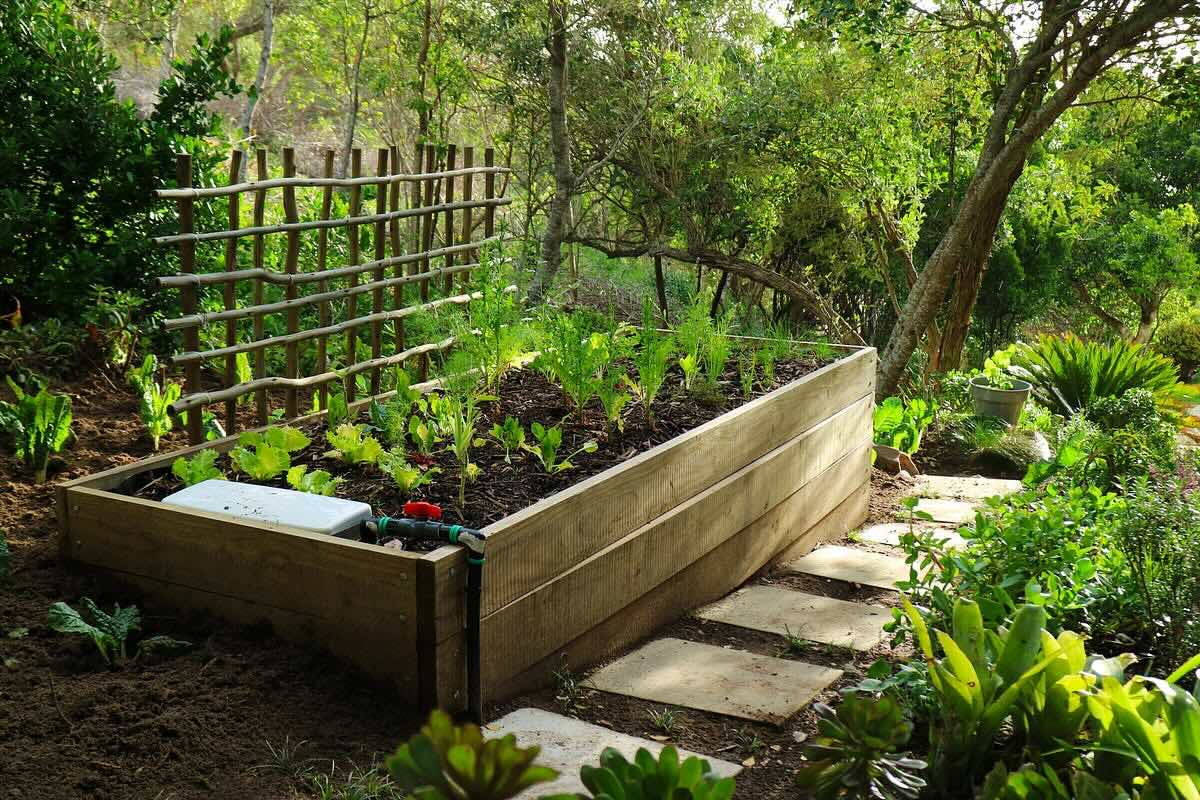
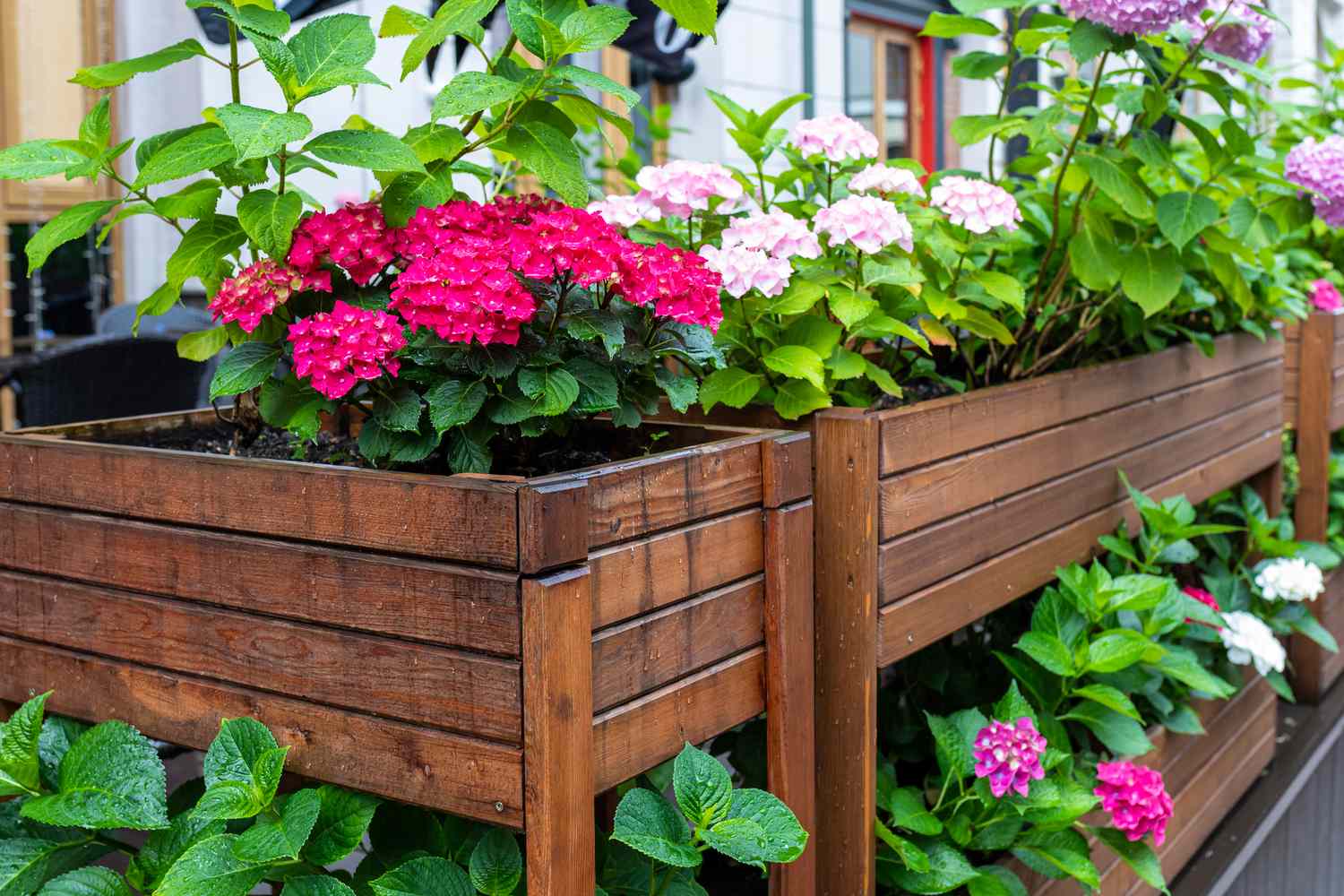
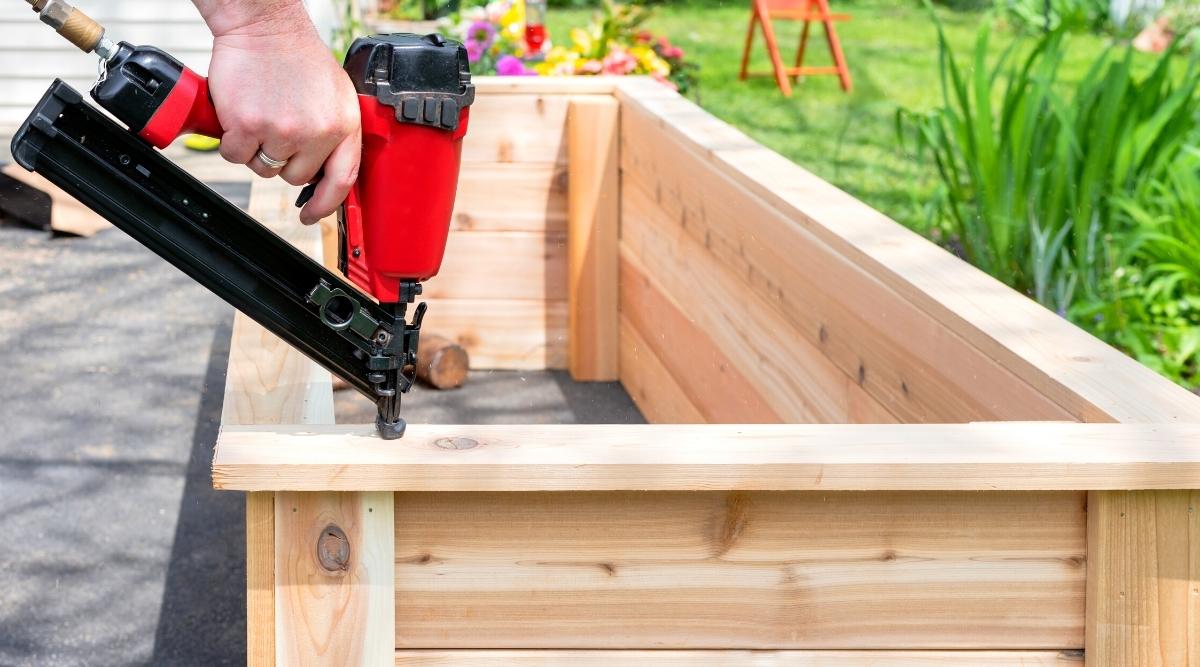
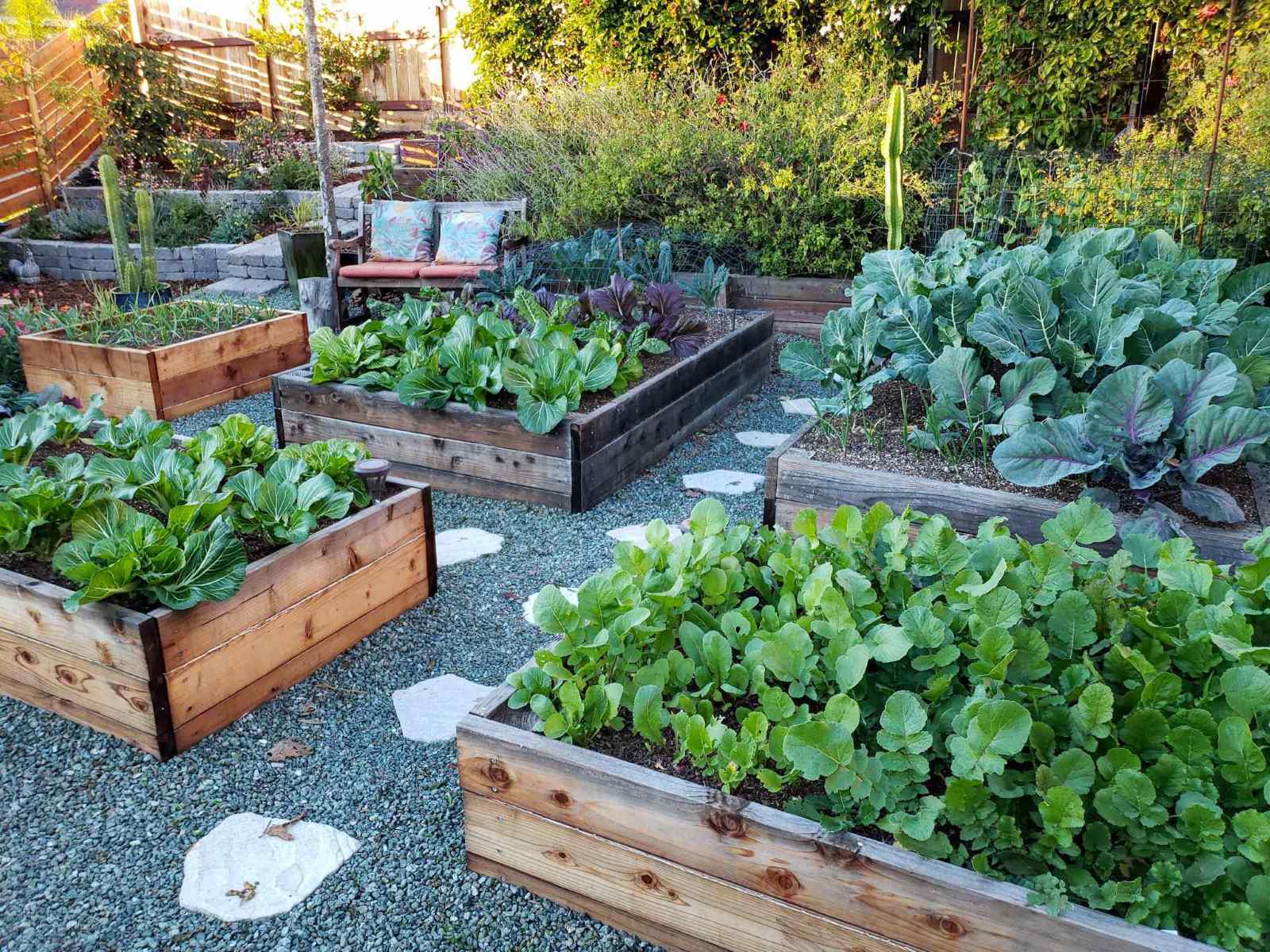
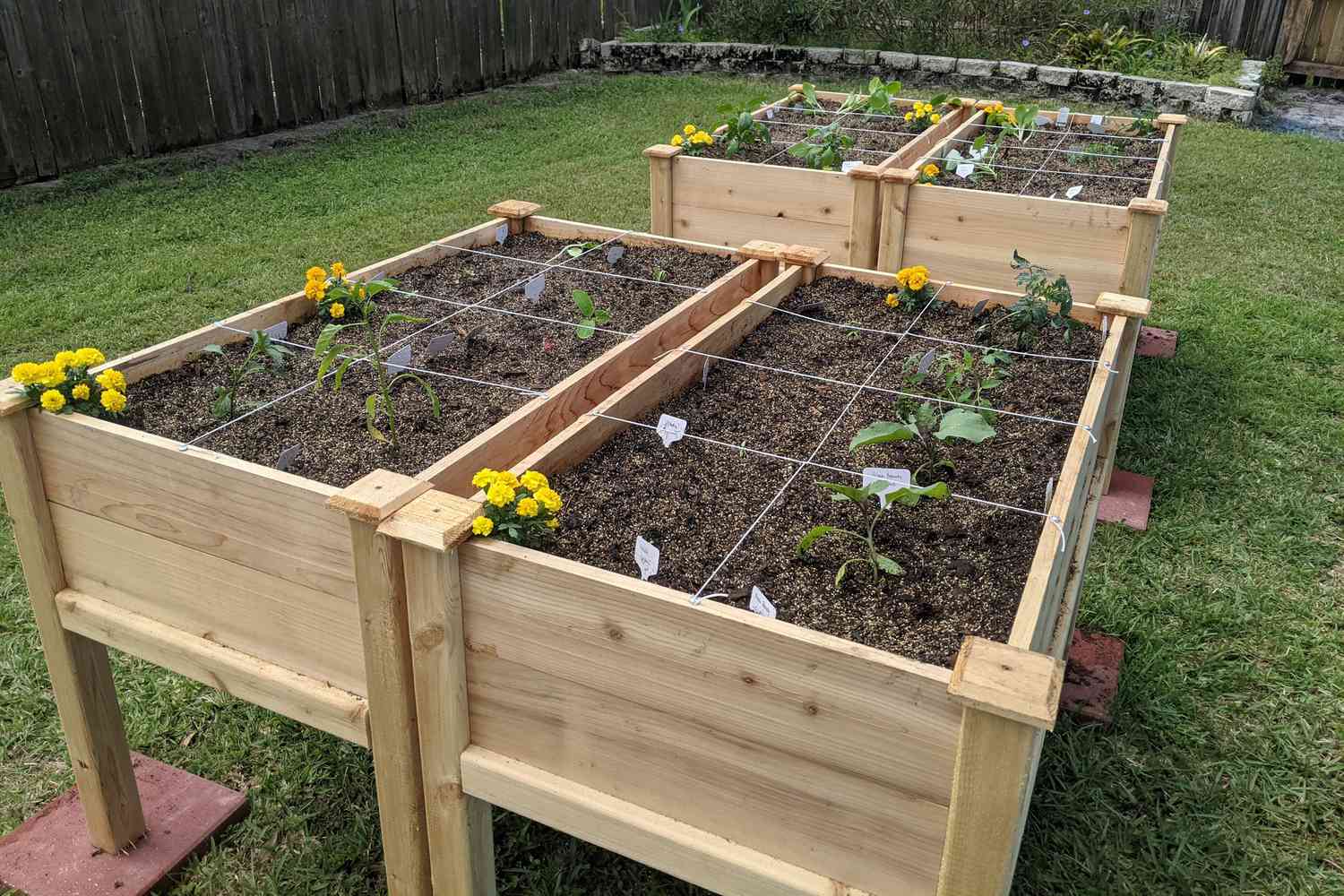
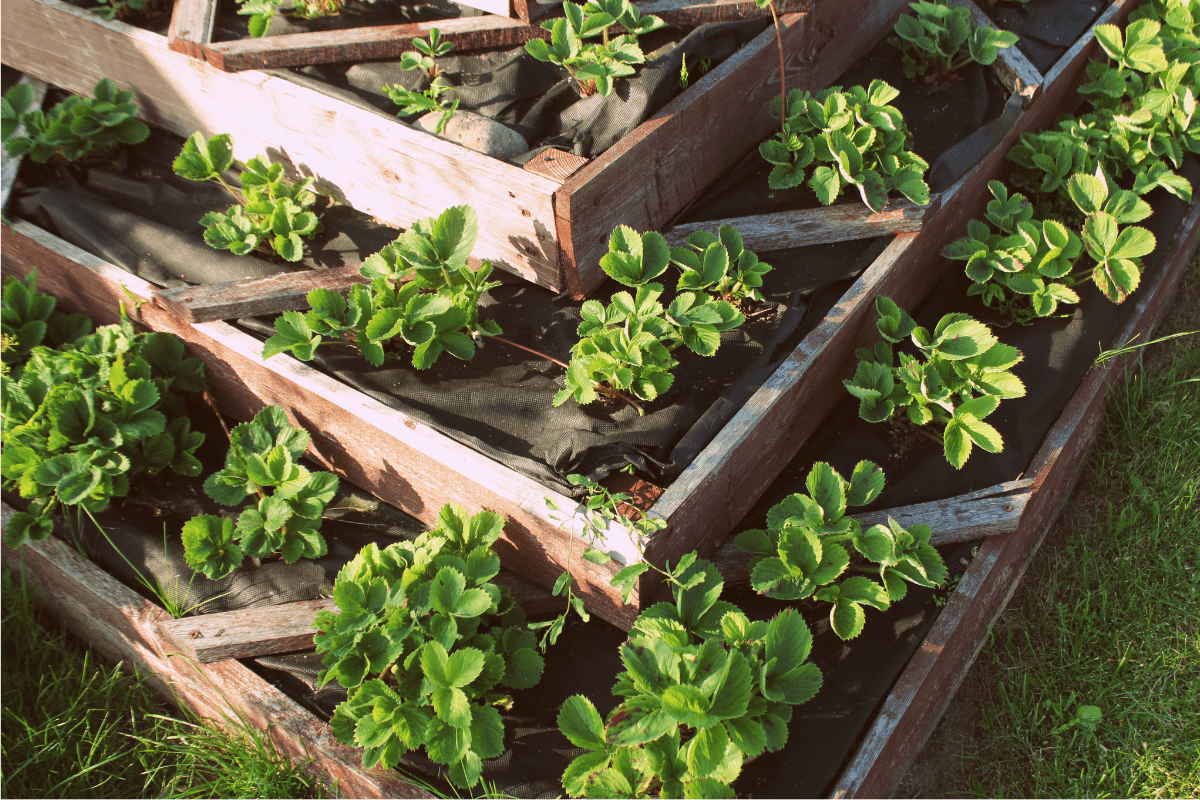

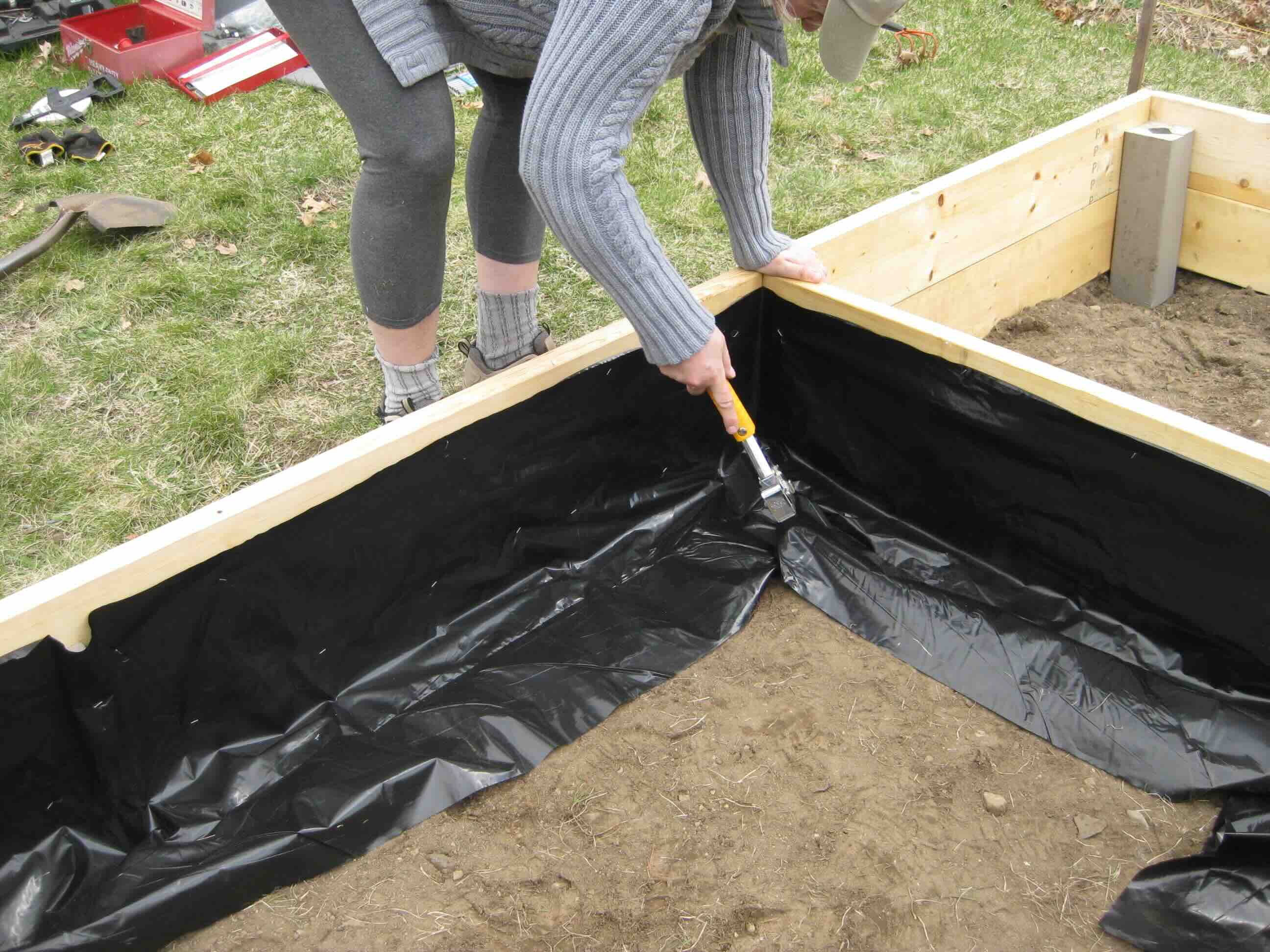
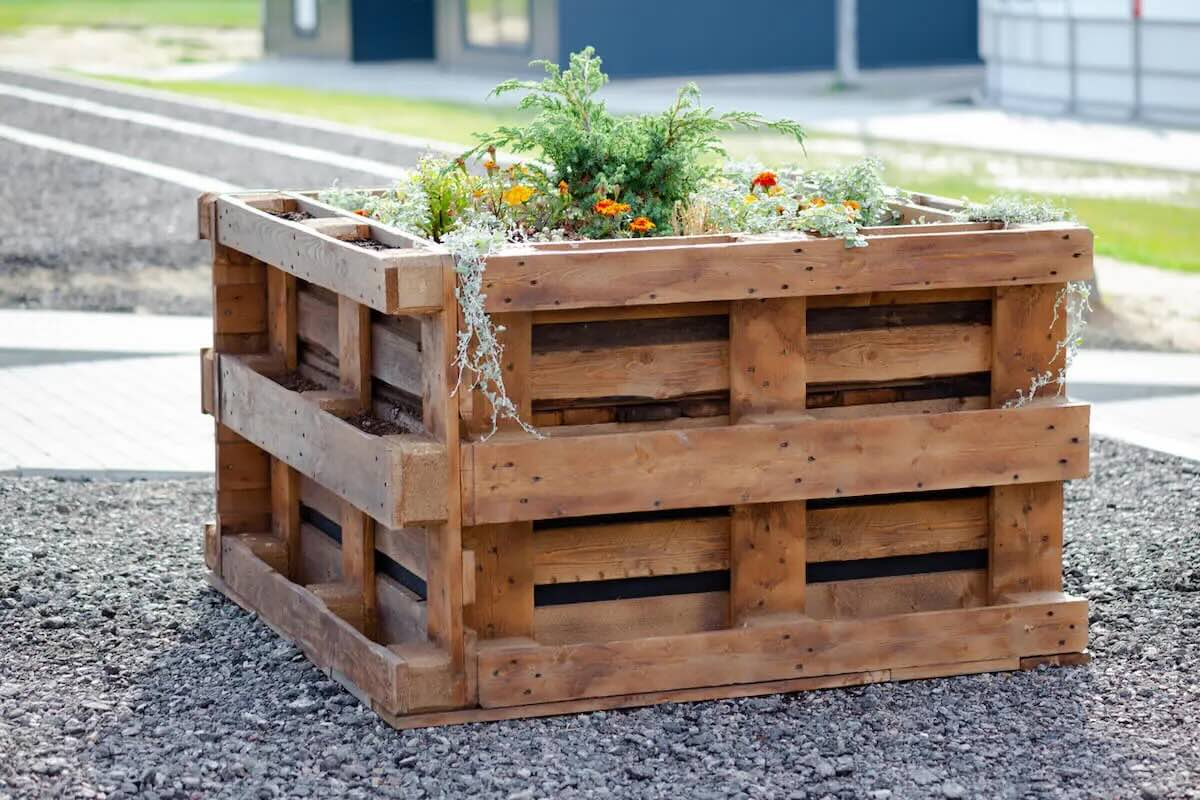
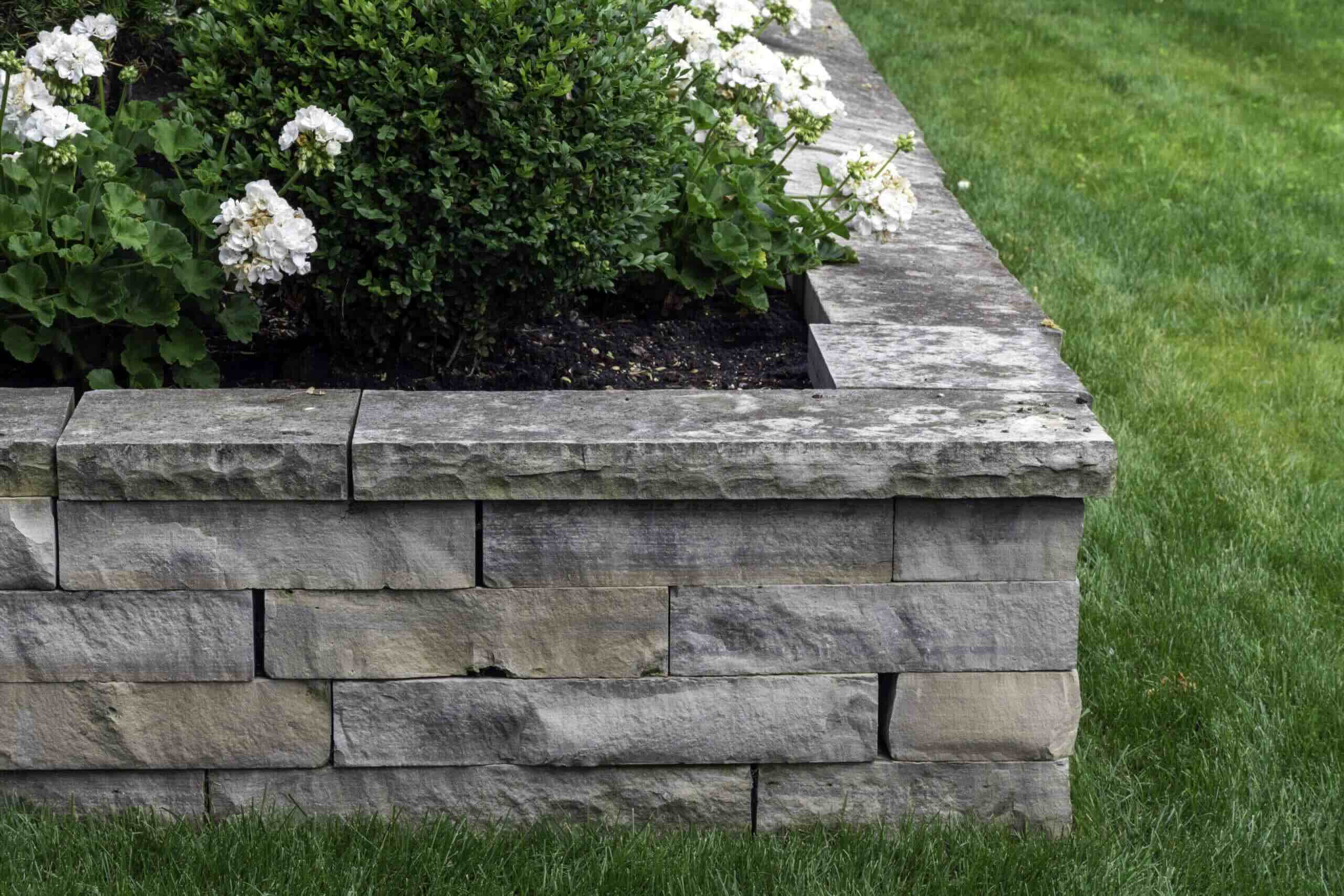
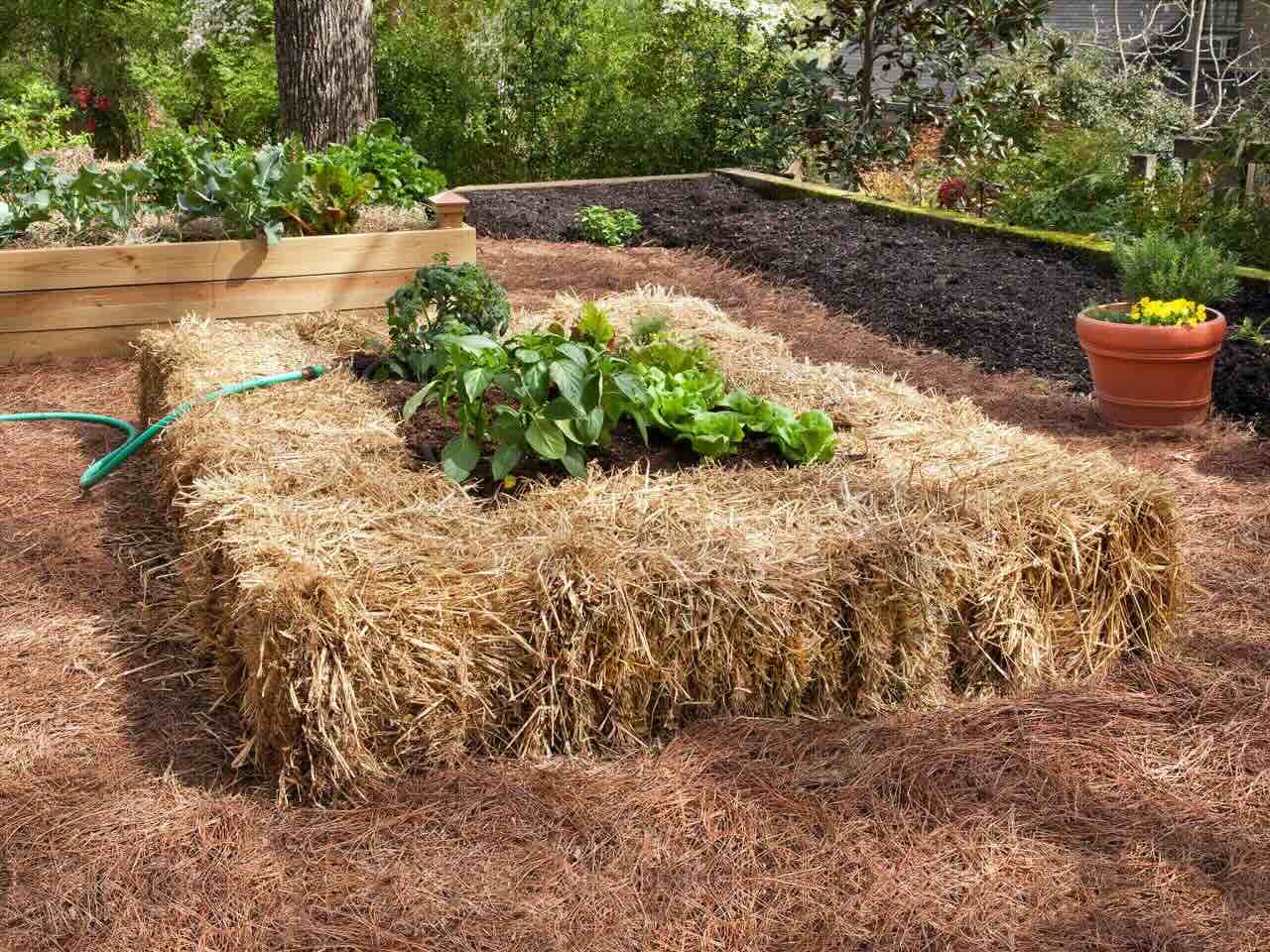
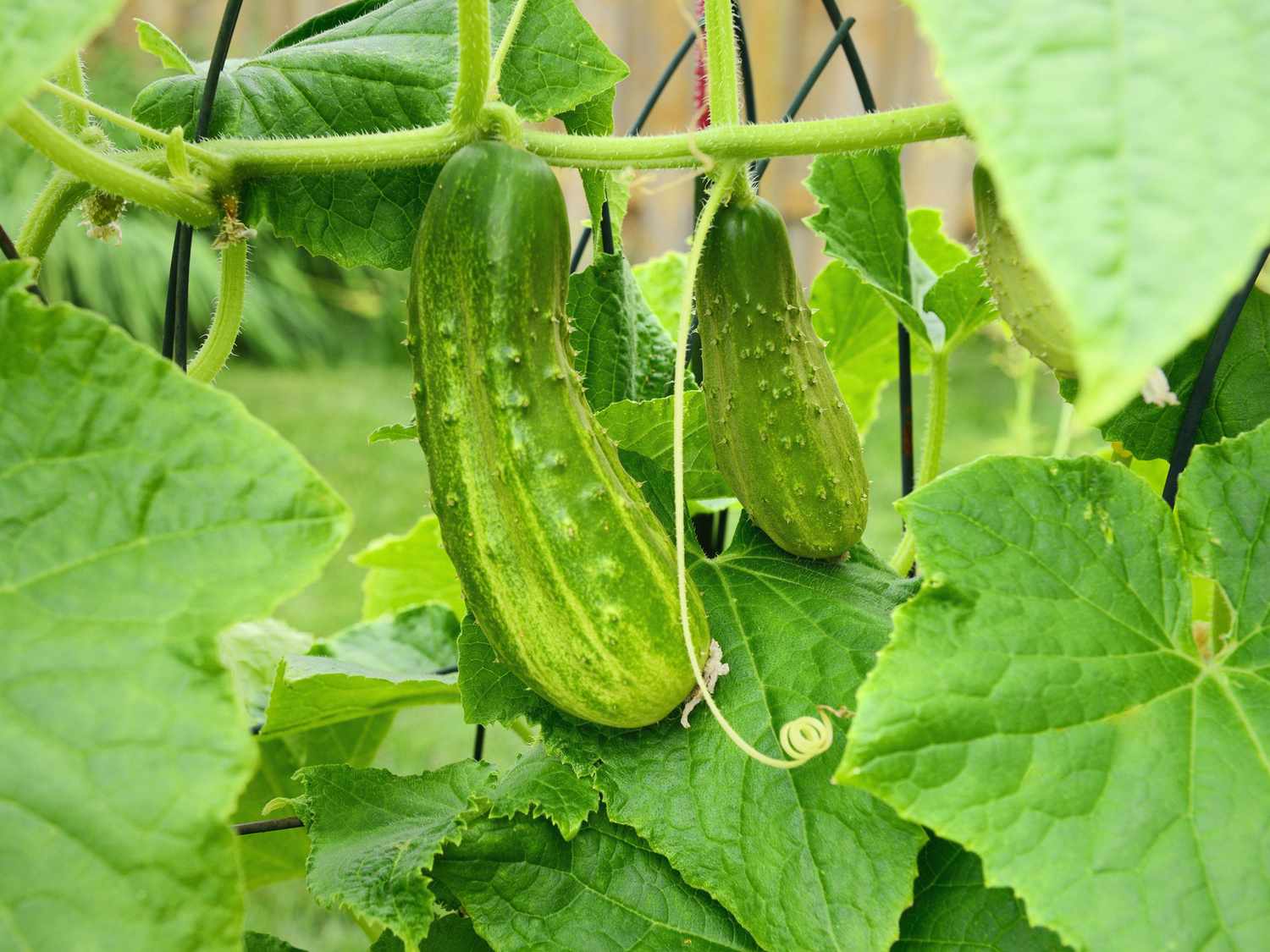
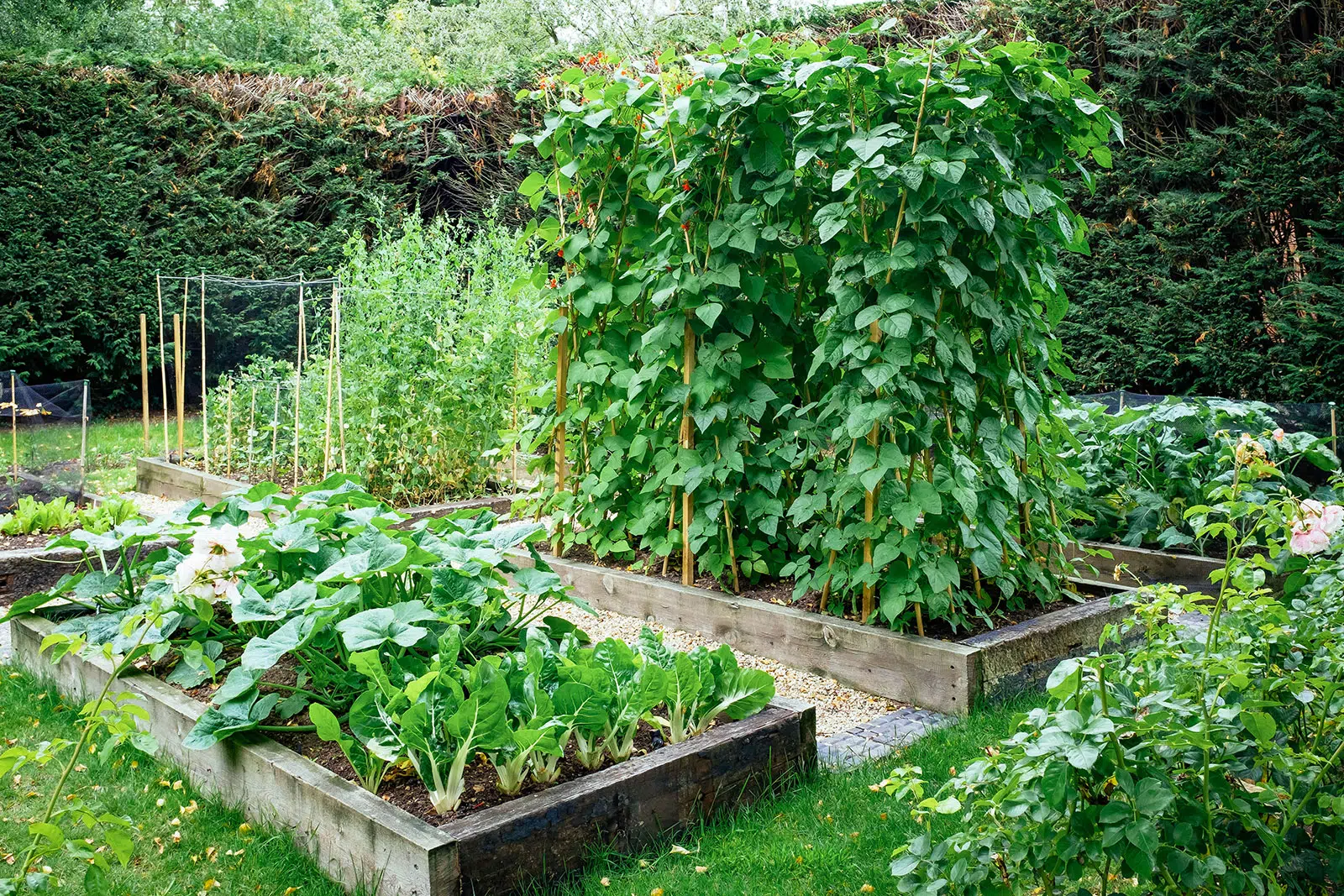

0 thoughts on “How To Improve Drainage Of Raised Garden Beds”